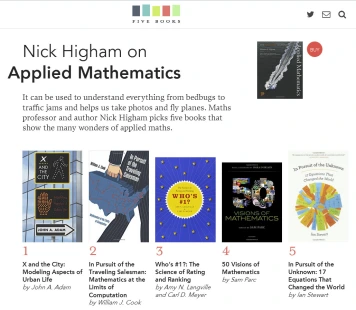A few months ago I wrote a post Mathematics in Color, in which I discussed some mathematical aspects of color and showed how a simple change of basis from RGB color space to LAB color space can enable dramatic color changes to be done very easily.
Over the last decade most recent developments in digital imaging software such as Adobe Lightroom and Adobe Photoshop have been based on advanced mathematics, yet many of the most powerful and useful transformations that one can make to an image are based on elementary mathematics and have been possible since the early versions of the products. For example, with every click of the healing brush—which might, for example, be used to remove a stray piece of litter in a landscape or a skin imperfection in a portrait—Photoshop solves a partial differential equation. Yet global operations such as changes to colour and contrast can be done with commands (and in particular, masks) that amount to simple addition and multiplication operations.
I’ve just launched a new blog on photography and digital imaging in which one theme will be exploiting elementary mathematics in digital imaging. The first post shows how the much-used Clarity tool in Lightroom and Photoshop can be applied in a more effective way by taking what amounts to a componentwise linear combination of the images before and after Clarity has been applied.
Head over to the post Refined Use of the Clarity Tool in Photoshop to find out more.




